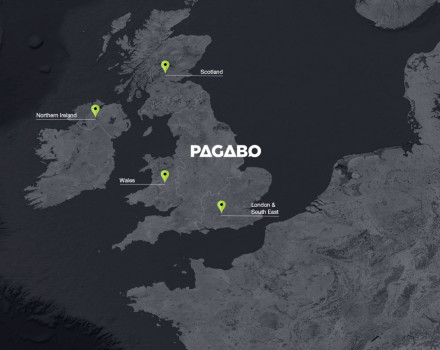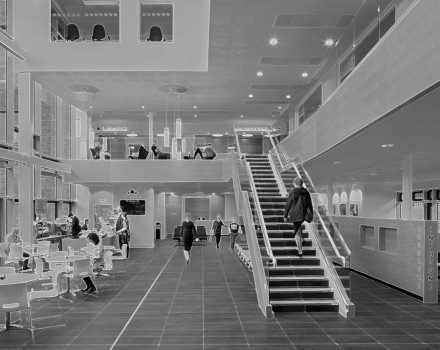What does your role involve?
I’m a senior overhead line (OHL) engineer in the High Voltage (HV) team. My work involves carrying out engineering investigations and designing transmission line systems and the supporting structures such as transmission lattice towers, gantries and woodpoles. Typically, I’ll spend my day designing solutions using engineering principles and PLS CADD and PLS Tower software.
How did you get into Overhead Line engineering?
I have to admit that I didn’t plan to work in this sector. At university I studied Environmental Sciences and Civil & Structural Engineering, then came across OHL engineering once I’d graduated. What started this career path off for me was an interview I had for a role involving work in the energy sector. As part of my preparation, I did a bit of research into the type of work this would involve for a civil engineer and liked what I found. Once I started working, I had the opportunity to get more involved in the OHL side. The work was really exciting and I loved the creativity involved in finding the best solutions. It’s gone from there really!
Looking back, I think this was a good route into OHL design as the job requires you to have knowledge of and use work from a range of engineering disciplines, such as civil, structural, electrical and environmental. For anyone looking to get into the industry, my advice would be to bear this need for cross-discipline knowledge in mind. That and to be proactive in learning about more sustainable solutions and pay attention to the engineering trends, technologies and requirements in the sector. This will give you the best knowledge base possible.
What are the challenges of working on Overhead Line / High Voltage projects?
I'm continually learning things from different engineering disciplines, which is both a challenge and an opportunity. OHL work requires constant learning, but this one of the things I enjoy the most about it. Being able to continually evolve and develop the way I communicate with design team members and the client is another challenge. Every project and client are different and to achieve the best solutions we have to be able to adapt to meet their needs, this is an important part of the success of any project.
What do you enjoy most about your role?
The thing I enjoy the most is being part of a team which is working together to find the most efficient and sustainable solution. The support I receive from my colleagues at BakerHicks is incredible, your job needs to be enjoyable and for me it’s the people that really make it. The other thing I particularly enjoy is the fact that every project is different, each one seems to feel more interesting than the last and as a result I’m continually learning which is great.
What's been your biggest achievement so far?
Just getting the chance to work on complex and high-profile projects is incredible. But, I’m also hugely proud of the work I’ve been doing with the CIGRE UK Women’s Network committee. I’ve been involved in organising the network’s events and seminar programme and have even contributed to a technical paper which will be discussed at the annual CIGRE conference in Paris this August. I love that it gives me the opportunity to think about and develop concepts that will hopefully help shape the future of OHL engineering. This, alongside my work on projects, means I’m constantly meeting new people, learning and pushing boundaries, all of which will help make me the best engineer I can be.







